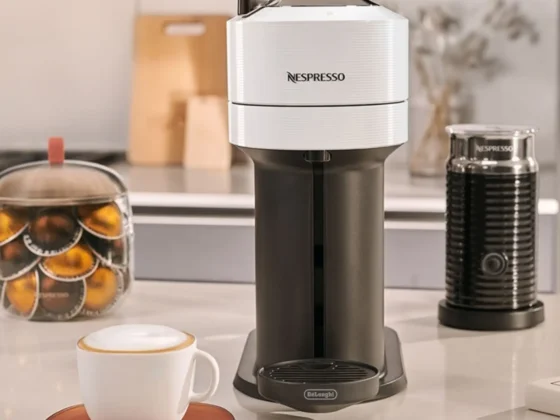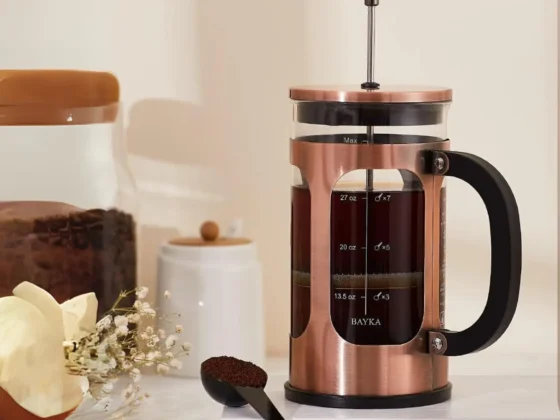The debate of blonde espresso vs regular espresso has sparked interest and curiosity among coffee enthusiasts. This article delves into the nuanced differences between these two espresso types, exploring their distinct characteristics, flavor profiles, and culinary applications. Whether you’re a seasoned barista or a casual coffee drinker, understanding these variations can greatly enhance your appreciation and enjoyment of this beloved beverage. From the light and subtle notes of blonde espresso to the rich and bold flavors of regular espresso, we will uncover the unique aspects that define each and how they influence your coffee experience. Join us as we embark on this caffeinated journey, uncovering the secrets behind each brew and how they fit into the broader spectrum of coffee culture.
Prefer to multitask? Let the article play in audio while you do other things.
- Introduction & Key Differences
- https://app.mysoundwise.com/tracks/17025679917460295e.mp3
- Understanding Espresso: The Basics
- https://app.mysoundwise.com/tracks/17025680341329553e.mp3
- The Rise of Blonde Espresso
- https://app.mysoundwise.com/tracks/17025680677475276e.mp3
- Delving into Regular Espresso
- https://app.mysoundwise.com/tracks/17025681001716189e.mp3
- Health and Caffeine Content
- https://app.mysoundwise.com/tracks/17025681325675212e.mp3
- Culinary Applications and Pairings
- https://app.mysoundwise.com/tracks/17025681657068760e.mp3
- Conclusion & FAQs
- https://app.mysoundwise.com/tracks/17025681969091287e.mp3
Blonde Espresso vs Regular: Key Differences
- Espresso Type Distinctions: There’s a clear differentiation between blonde and regular espresso, with blonde espresso offering lighter, sweeter notes, and regular espresso presenting a richer, more robust flavor profile. This understanding is crucial for those exploring the vast landscape of espresso flavors.
- Caffeine Content Clarification: It’s revealed that blonde espresso can have slightly more caffeine than the regular version, despite its lighter roast. This insight is important for caffeine-sensitive individuals and those seeking a gentler flavor but still desiring a caffeine kick.
- Health Benefits and Myths: The discussion highlights the health benefits associated with espresso, such as its antioxidant properties and potential metabolic boost, while also addressing and dispelling common myths, including the misconception about espresso’s dehydrating effects.
- Culinary Versatility: Espresso’s adaptability in the kitchen is emphasized, showcasing its use in enhancing both sweet and savory dishes, its compatibility with various food pairings, and its innovative incorporation into a range of beverages.
- Brewing Techniques: The article offers valuable tips on brewing methods for both blonde and regular espresso. These include selecting the right beans, understanding the impact of roast levels, and employing specific brewing techniques to achieve the optimal flavor experience.
Understanding Espresso: The Basics
Espresso is a fundamental element, renowned for its robust flavor and concentrated form. It’s the heart of various coffee drinks and is appreciated for its unique brewing method and rich taste. Let’s delve into the essentials of espresso, from its basic definition to the intricacies of its preparation, including the best espresso beans and how to drink espresso.
What is Espresso?
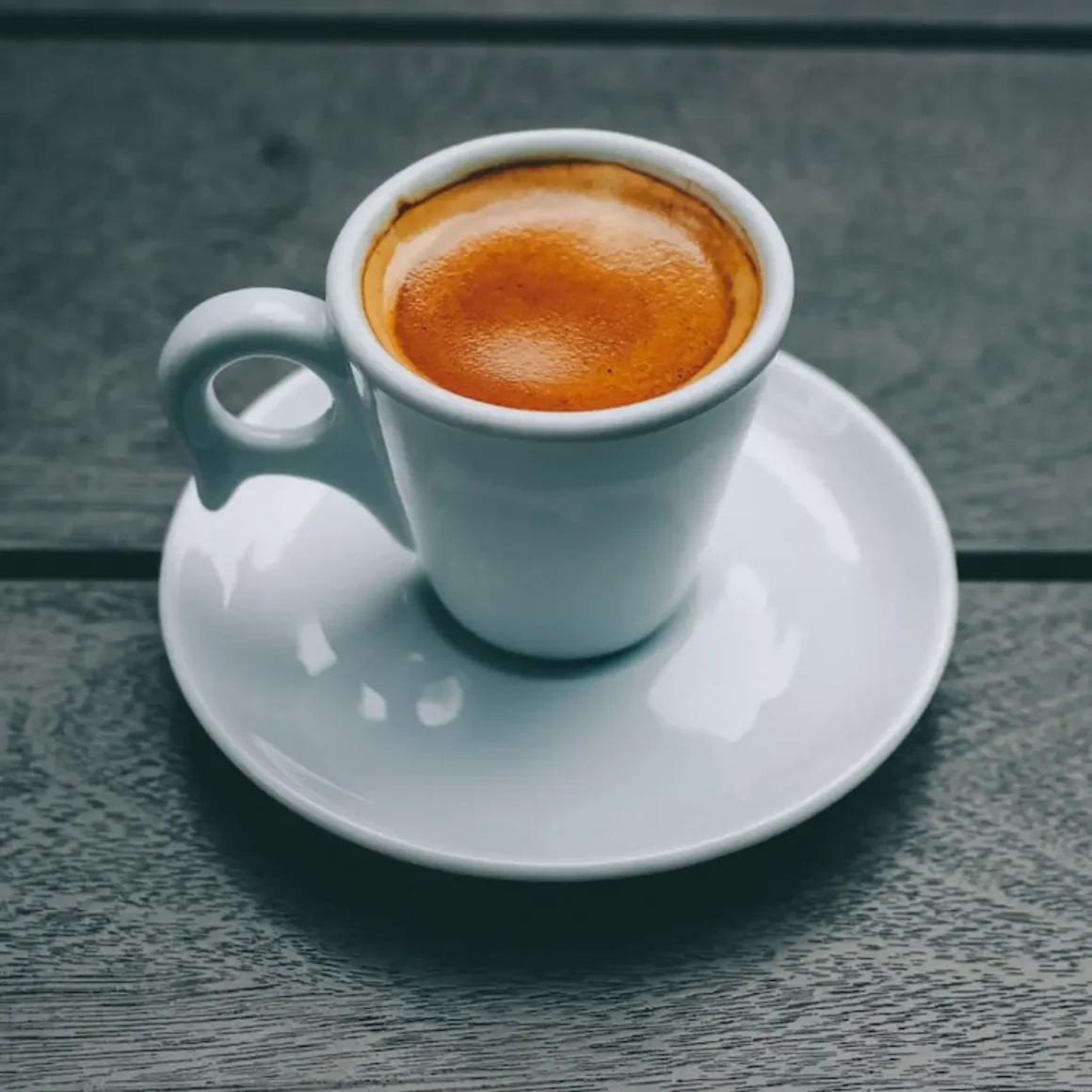
Espresso is a highly concentrated coffee brew, created through a specific brewing process. It serves as the foundation for many popular coffee drinks. Here’s a closer look:
- Brewing Method: Espresso is crafted with pressurized hot water through finely-ground beans. creating a thick, potent coffee. (1)
- Taste Profile: Known for its robust flavor and creamy texture, espresso is stronger and more concentrated than regular coffee.
- Serving Style: Typically served in small quantities, espresso can be enjoyed on its own or used as a base for other coffee drinks.
The Roasting Process: Light to Dark
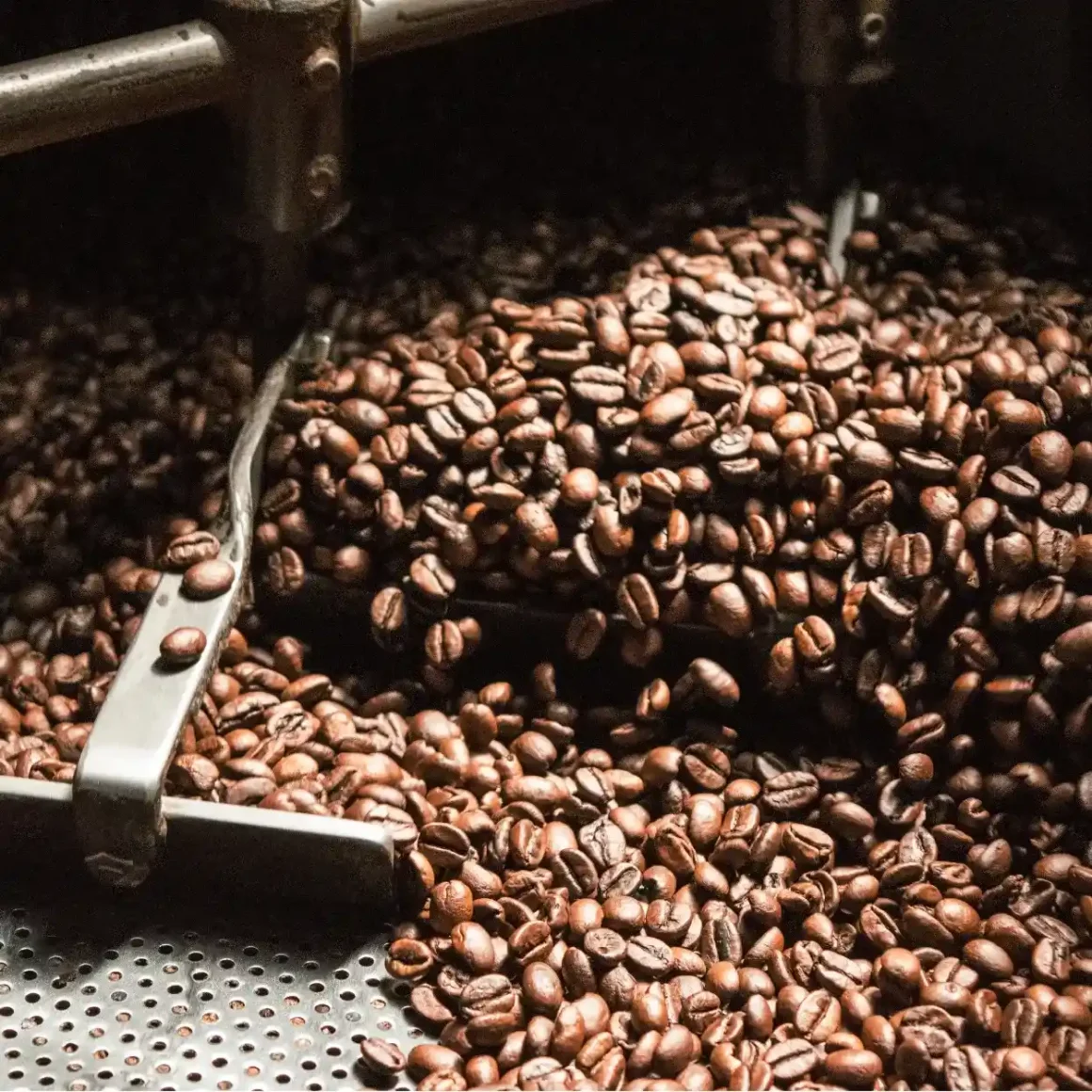
The roasting process is vital in developing the flavor profile of espresso coffee drinks. Different roasting levels contribute uniquely to the taste:
- Light Roast: Retains the bean’s original flavors with higher acidity, suited for those preferring a milder espresso.
- Medium Roast: Offers a balance between the bean’s natural flavors and those developed during roasting, creating a well-rounded taste.
- Dark Roast: Features a bolder, more intense flavor, often with a hint of bitterness, preferred for a strong espresso experience.
Equipment Used in Espresso Brewing
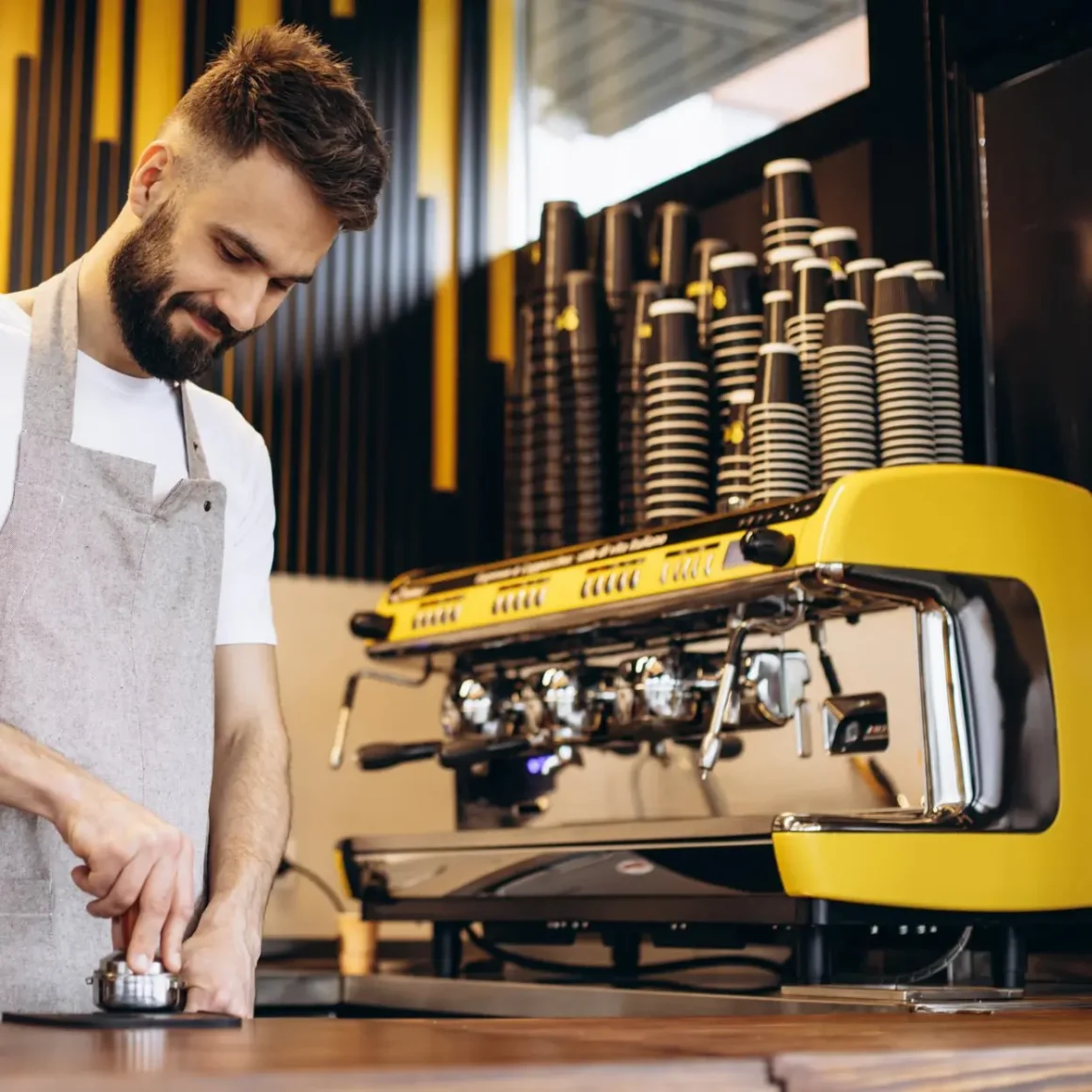
The equipment used in brewing espresso plays a crucial role in its quality and taste. Here are some key pieces:
- Espresso Machine: The cornerstone of espresso making, these machines come in various types, from manual to automatic.
- Grinder: A good quality burr coffee grinder is essential for grinding beans to the perfect consistency for espresso. (2)
- Tamper: Used to press the coffee grounds evenly in the espresso machine’s portafilter, ensuring a consistent brew.
By understanding these basics, from the selection of the best espresso beans to the intricacies of brewing, one can truly appreciate the art and science behind how to drink espresso.
The Rise of Blonde Espresso
Blonde espresso, a relatively new entrant in the world of coffee, has been gaining popularity for its unique taste and lighter roast. This variant stands out from the traditional espresso, offering a different experience for coffee enthusiasts. In this discussion, we’ll explore what is blonde espresso, its distinct flavor profile, and the best practices for brewing it.
What is Blonde Espresso?
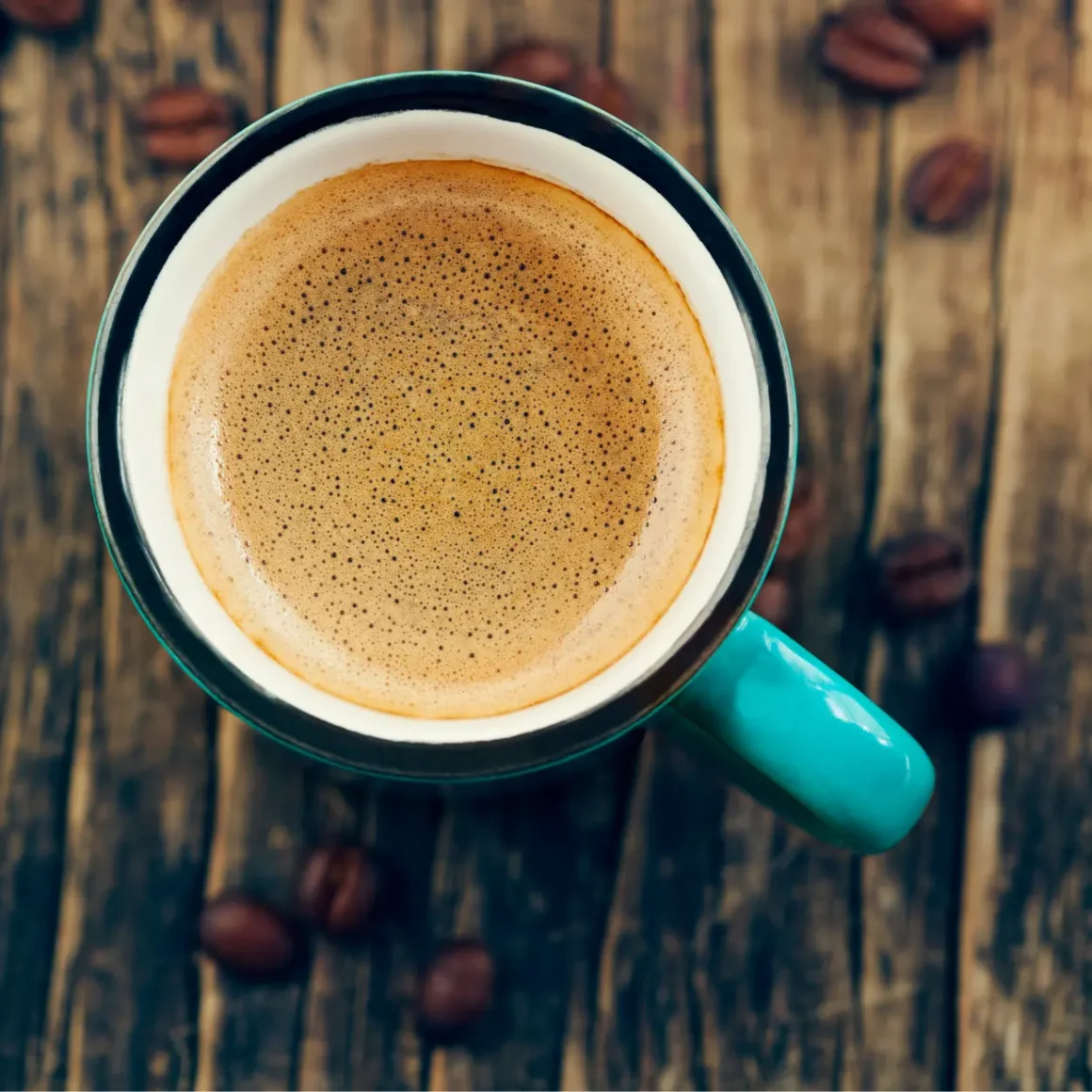
This coffee drink refers to a lighter roast of espresso beans, which contrasts with the more commonly known dark-roasted espresso. Key aspects of this beverage include:
- Roasting Process: The beans are roasted for a shorter period compared to traditional espresso roasts, resulting in a lighter color and different flavor dynamics.
- Popularity Surge: Notably popularized by Starbucks blonde espresso, this variant has become a favorite for those seeking a milder alternative to classic espresso.
- Versatility: It’s used in various coffee drinks, offering a softer espresso base that complements a wide range of flavors.
Flavor Profile of Blonde Espresso
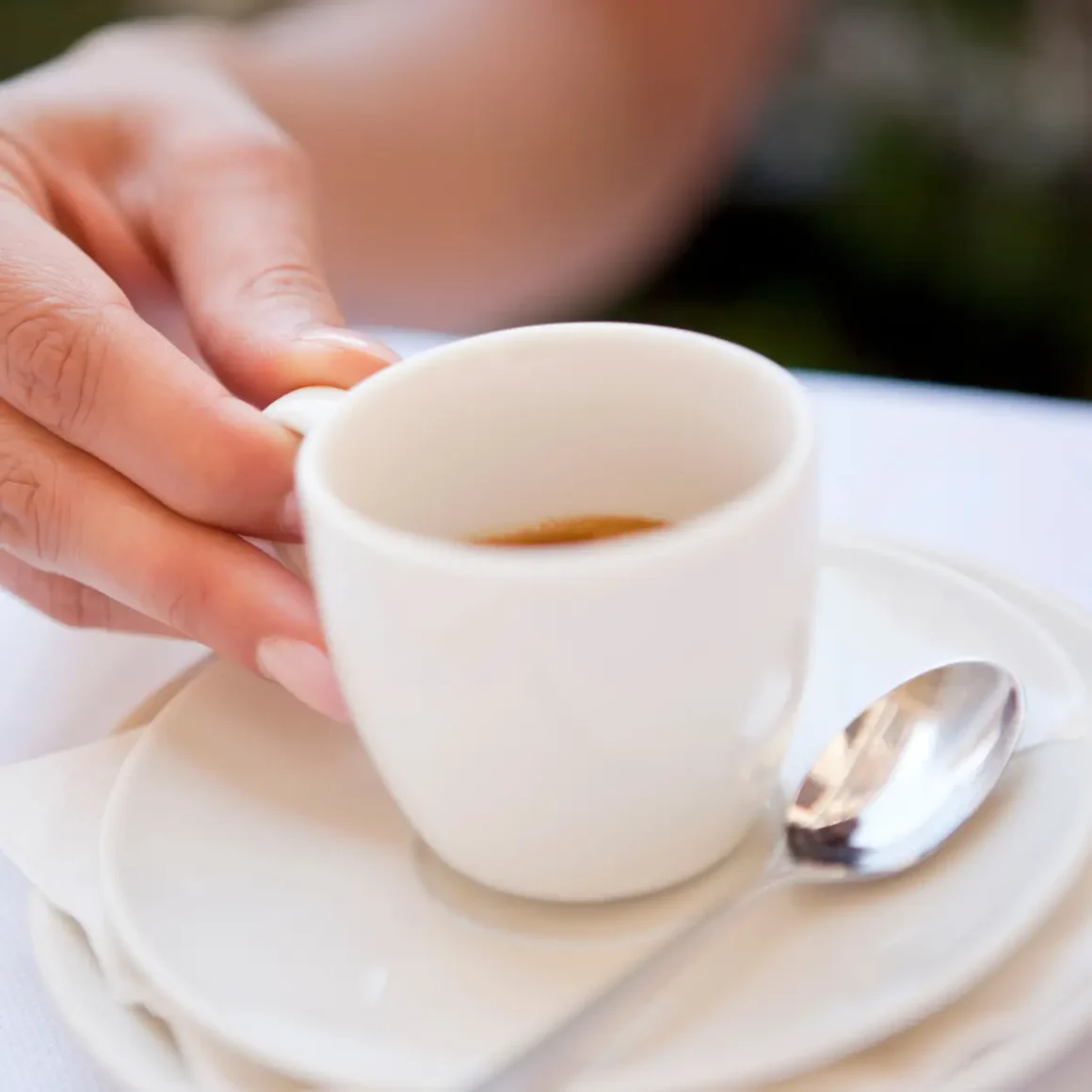
The flavor of blonde espresso roast is distinct and appealing to a wide range of palates. Its characteristics include:
- Lighter and Sweeter: This coffee beverage typically has a sweeter and more mellow flavor than traditional espresso, with subtle notes of citrus and caramel.
- Lower Bitterness: The shorter roasting time reduces the bitterness often associated with traditional espresso, making it more approachable for new coffee drinkers.
- Aromatic Qualities: It often has a more pronounced aroma, with hints of light fruitiness and a smoother finish.
Best Practices for Brewing Blonde Espresso
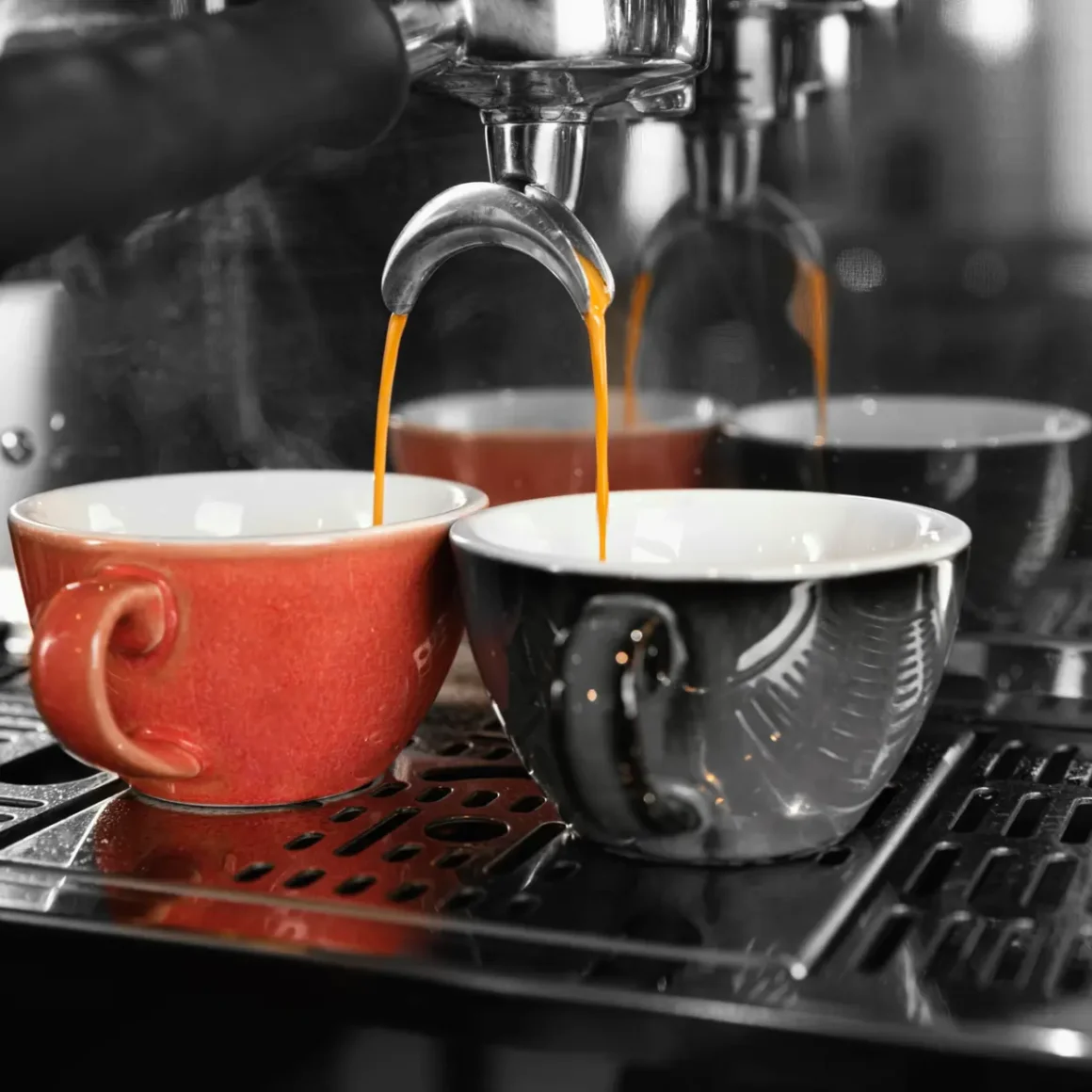
To fully appreciate blonde espresso beans, certain brewing techniques should be considered:
- Grind Size: Use a slightly coarser grind than traditional espresso to complement the lighter roast and enhance flavor extraction.
- Water Temperature: A slightly lower water temperature is recommended to avoid over-extraction, which can lead to bitterness.
- Experimentation: Experiment with different brewing methods, such as a French press or AeroPress, to find the best way to highlight the unique qualities of this delicious coffee drink.
Overall, this lovely beverage offers a refreshing take on traditional espresso, with its lighter roast, sweeter flavor profile, and reduced bitterness. Whether it’s through a specialty coffee shop like Starbucks or home brewing, exploring the nuances of this delectable beverage can be a delightful experience for coffee enthusiasts.
Delving into Regular Espresso
Regular espresso is celebrated for its rich, intense flavor and thick texture. It’s the base of numerous coffee drinks and a favorite among coffee aficionados. This exploration will delve into the characteristics of regular espresso, compare its flavor notes with blonde espresso, and discuss the ideal beans and roasts for crafting the perfect cup.
Characteristics of Regular Espresso
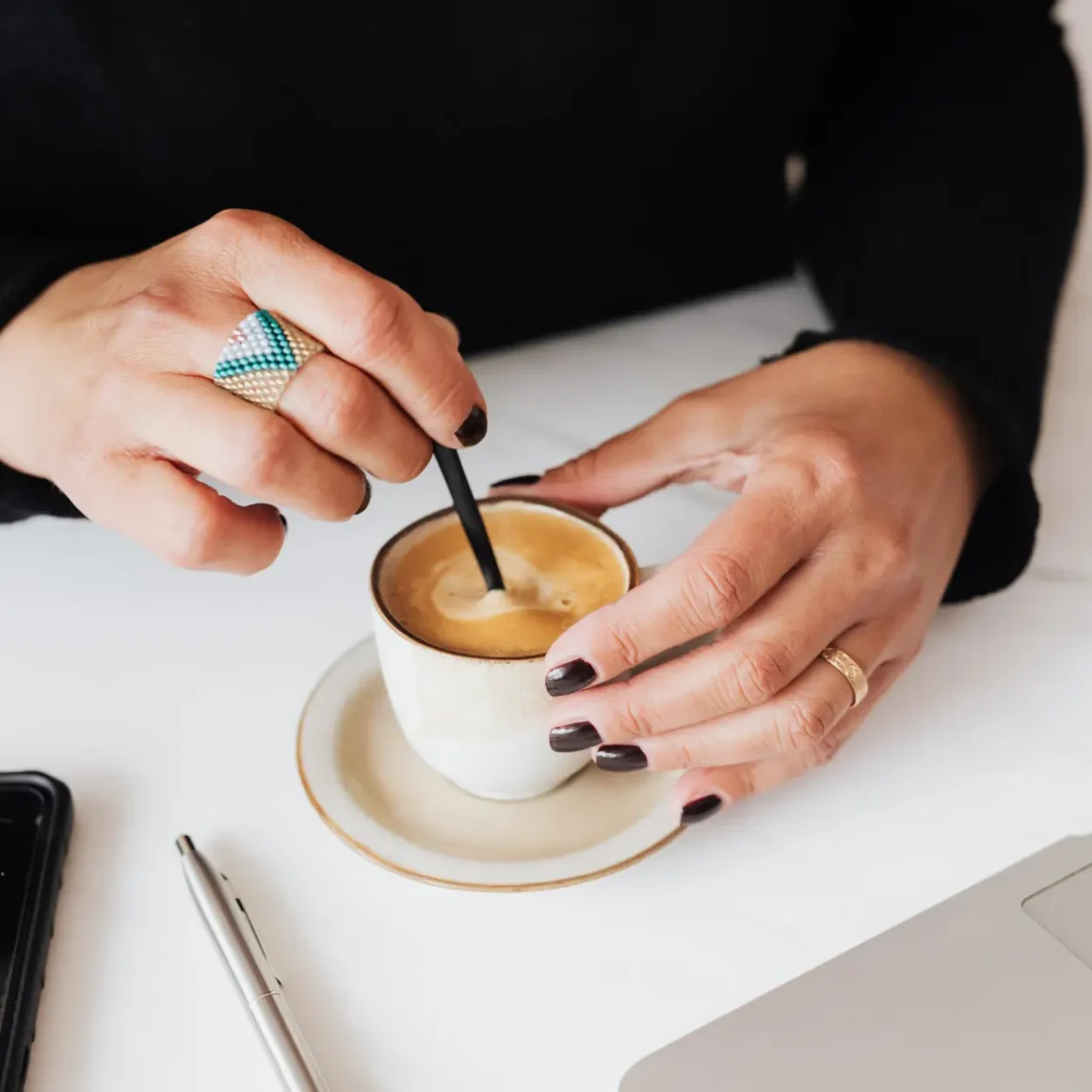
Regular espresso boasts several defining features that set it apart from other coffee brews. Key characteristics include:
- Concentration: Espresso is highly concentrated, offering a stronger taste and higher caffeine content per unit volume than other coffee types.
- Crema: A notable feature is the crema, a creamy, reddish-brown froth that forms on top, indicating a well-prepared espresso.
- Brewing Method: As previously discussed, It is produced by pressurizing hot water through finely-ground beans, leading to a rapid and intense extraction process.
Comparing Flavor Notes with Blonde Espresso

When considering blonde espresso vs espresso, the differences in flavor profiles are significant.
These two Espresso coffee beverages differ from each other in the following ways:
- Richness and Depth: Regular espresso has a deeper, more robust flavor compared to the lighter and sweeter notes of blonde espresso.
- Bitterness: It typically exhibits a greater level of bitterness, which is appreciated by many espresso purists for its complexity.
- Flavor Notes: Common flavor notes include dark chocolate, nuts, and caramel, differing from the fruity and floral notes often found in blonde espresso Starbucks offerings.
Ideal Beans and Roasts for Regular Espresso
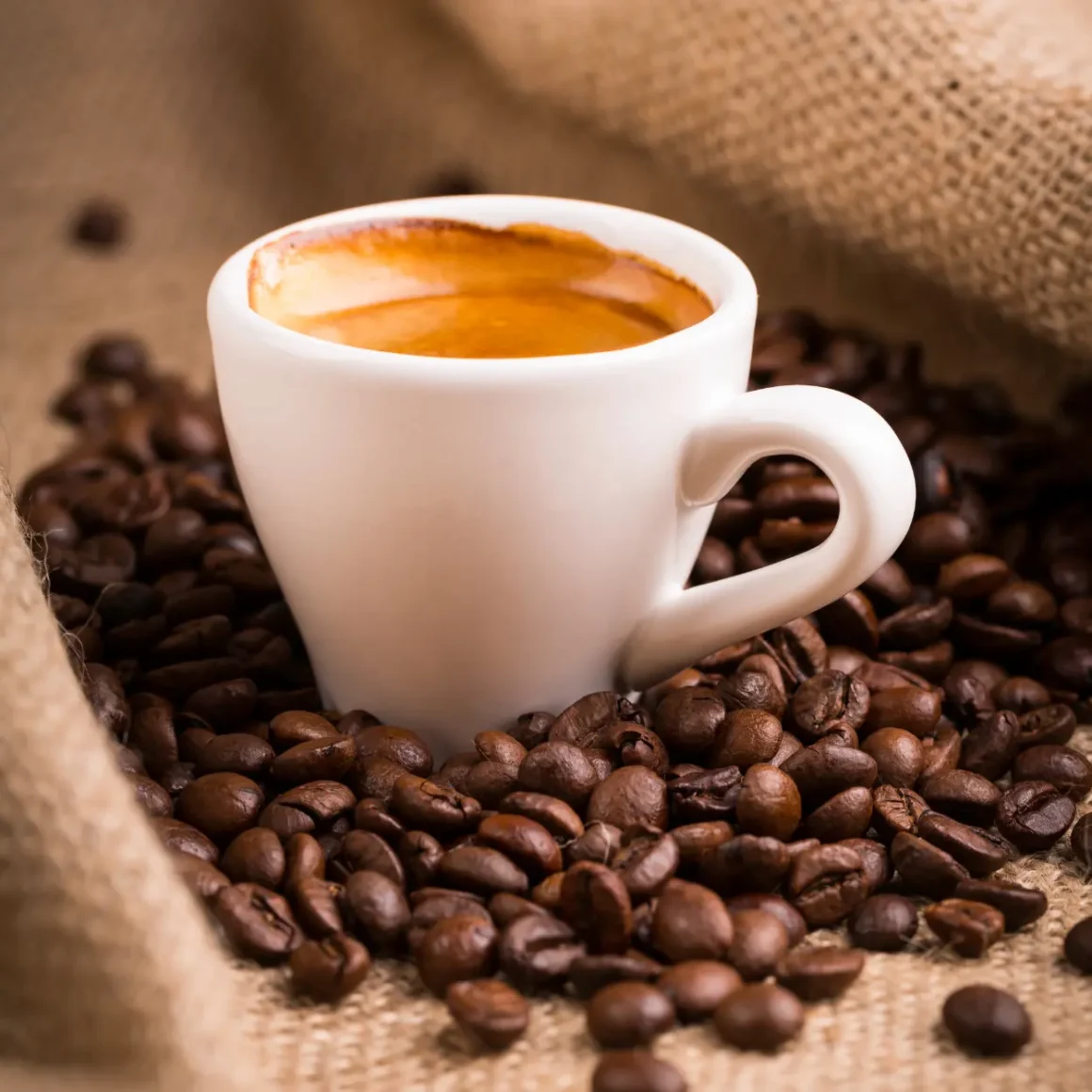
Choosing the right beans and roast is crucial for achieving the quintessential espresso experience:
- Bean Type: A blend of Arabica and Robusta beans is often preferred for traditional espresso, with Arabica providing flavor and Robusta adding crema and body.
- Roast Level: A medium to dark roast is ideal for regular espresso, as it enhances the beans’ natural oils and flavors, contributing to the drink’s characteristic richness.
- Freshness: Freshly roasted beans are essential for the best flavor. Beans should be used within two weeks of roasting for optimal taste and aroma.
In summary, regular espresso offers a rich and complex flavor profile that stands in contrast to the lighter, sweeter notes of blonde espresso. Understanding these nuances, from bean selection to roasting techniques, is key to appreciating the full spectrum of flavors that espresso has to offer.
Health and Caffeine Content
In the coffee industry, the discourse frequently revolves around taste and aroma. However, it is equally crucial to deliberate on the health implications and caffeine levels associated with various espresso varieties. In this section, we’ll explore the caffeine levels in blonde versus regular espresso, the health benefits associated with espresso, and address some common myths and misconceptions.
Caffeine Levels in Blonde vs Regular Espresso
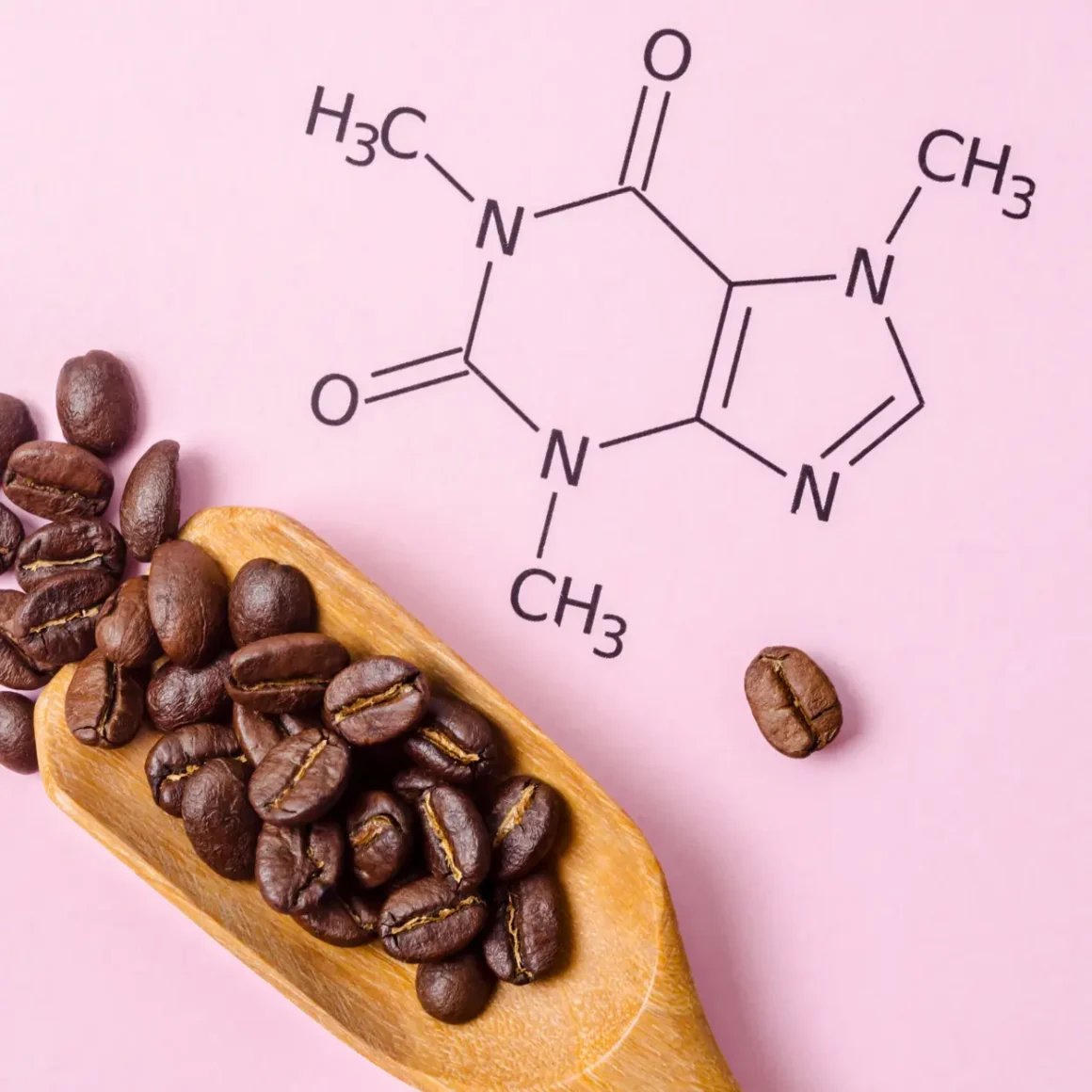
The caffeine content in espresso is a topic of much interest, especially when comparing blonde and regular varieties. Understanding these differences is crucial for those sensitive to caffeine or who have specific dietary needs:
- Blonde Espresso: Contrary to what some might believe, blonde espresso can have slightly more caffeine than regular espresso (85 mg of caffeine compared to 64mg). This is often due to the lighter roast and the type of coffee bean used.
- Regular Espresso: While it has a stronger, more robust flavor, it doesn’t necessarily equate to a higher caffeine content. The dark roast of regular espresso can actually degrade some of the caffeine.
- Brewing Factors: Factors like the amount of coffee used, grind size, and brewing time also play a role in determining the caffeine content of the espresso.
Health Benefits of Espresso

Espresso, when consumed in a balanced and moderate manner, can yield a spectrum of noteworthy health advantages:
- Antioxidants: Espresso is notably abundant in antioxidants, including chlorogenic acid, which plays a pivotal role in neutralizing harmful free radicals within the body. These antioxidants serve as a defense mechanism against inflammation and oxidative stress, which have been linked to a variety of chronic diseases.
- Mental Alertness: The caffeine content in espresso acts as a natural stimulant that can significantly enhance mental alertness and concentration. By blocking the effects of adenosine, a neurotransmitter that induces drowsiness and relaxation, espresso promotes wakefulness and heightened cognitive function. (3)
- Metabolic Boost: Another potential benefit of espresso consumption is its ability to mildly stimulate metabolism. Caffeine is known to increase the body’s metabolic rate, leading to a modest increase in energy expenditure. This metabolic boost may aid in weight management efforts by promoting calorie burning and fat oxidation. However, it’s important to note that the effect is relatively modest, and any potential benefits should be coupled with a balanced diet and regular physical activity for optimal results.
Myths and Misconceptions
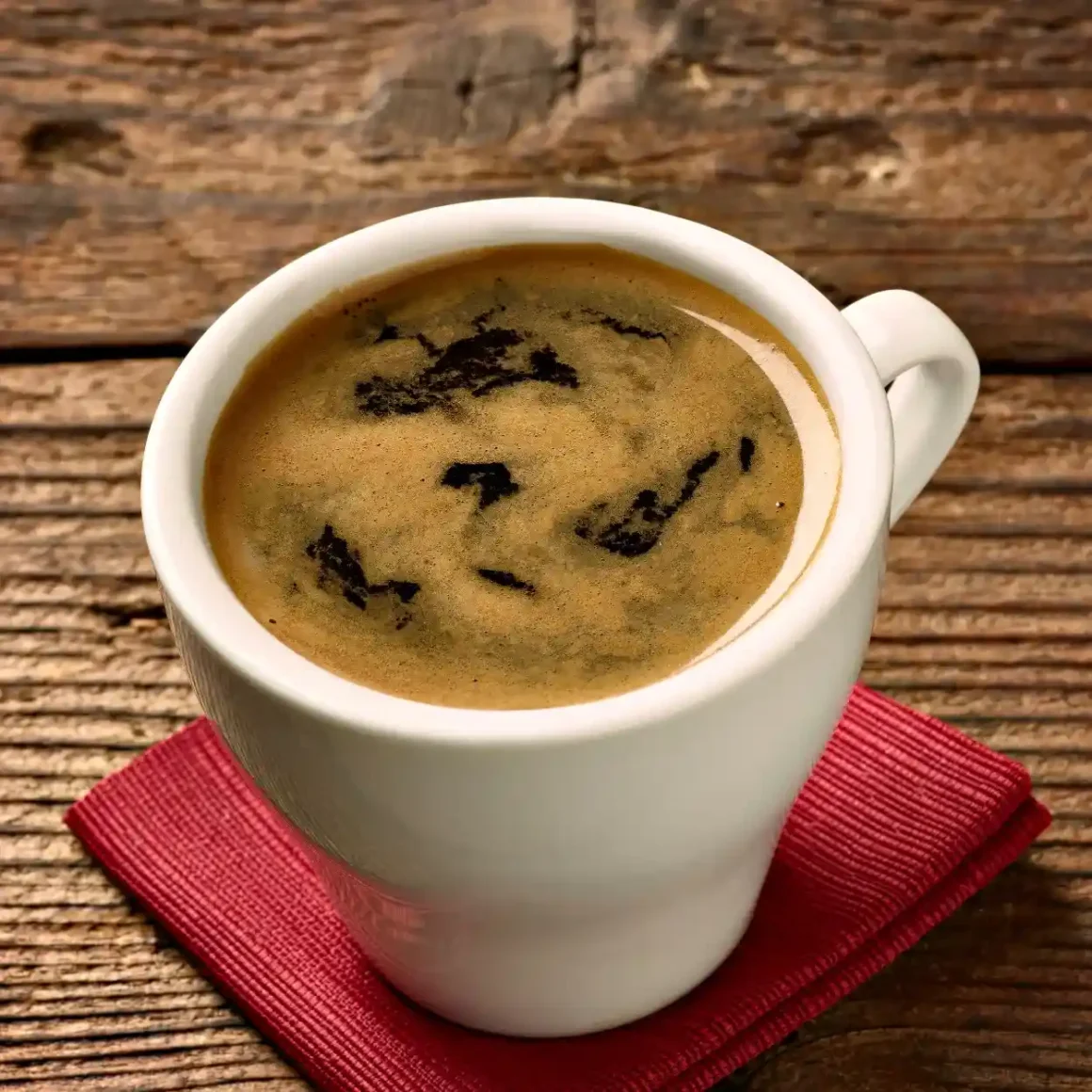
Several myths and misconceptions surround espresso, particularly regarding its health impacts:
- Myth: Espresso is Unhealthy: While excessive intake can have negative effects, moderate consumption of espresso can be part of a healthy diet.
- Myth: Espresso Causes Dehydration: Although caffeine has diuretic properties, moderate espresso consumption does not significantly dehydrate the body.
- Myth: All Espresso Has High Caffeine: The caffeine content in espresso varies. The belief that all espresso has excessively high caffeine is incorrect.
In summary, understanding the caffeine levels in different types of espresso, including whether is blonde espresso stronger or does blonde espresso have more caffeine, is important for both health and enjoyment. While espresso offers several health benefits, it’s essential to dispel common myths and appreciate it as part of a balanced lifestyle.
Culinary Applications and Pairings
Espresso is not just a beloved beverage; it also plays a significant role in the culinary world. Its rich flavor and aromatic qualities make it an excellent ingredient in both cooking and baking, as well as a delightful companion to various foods. In this exploration, we’ll delve into how espresso is used in baking and cooking, its pairing with different foods, and the creation of innovative espresso-based beverages.
Espresso in Baking and Cooking
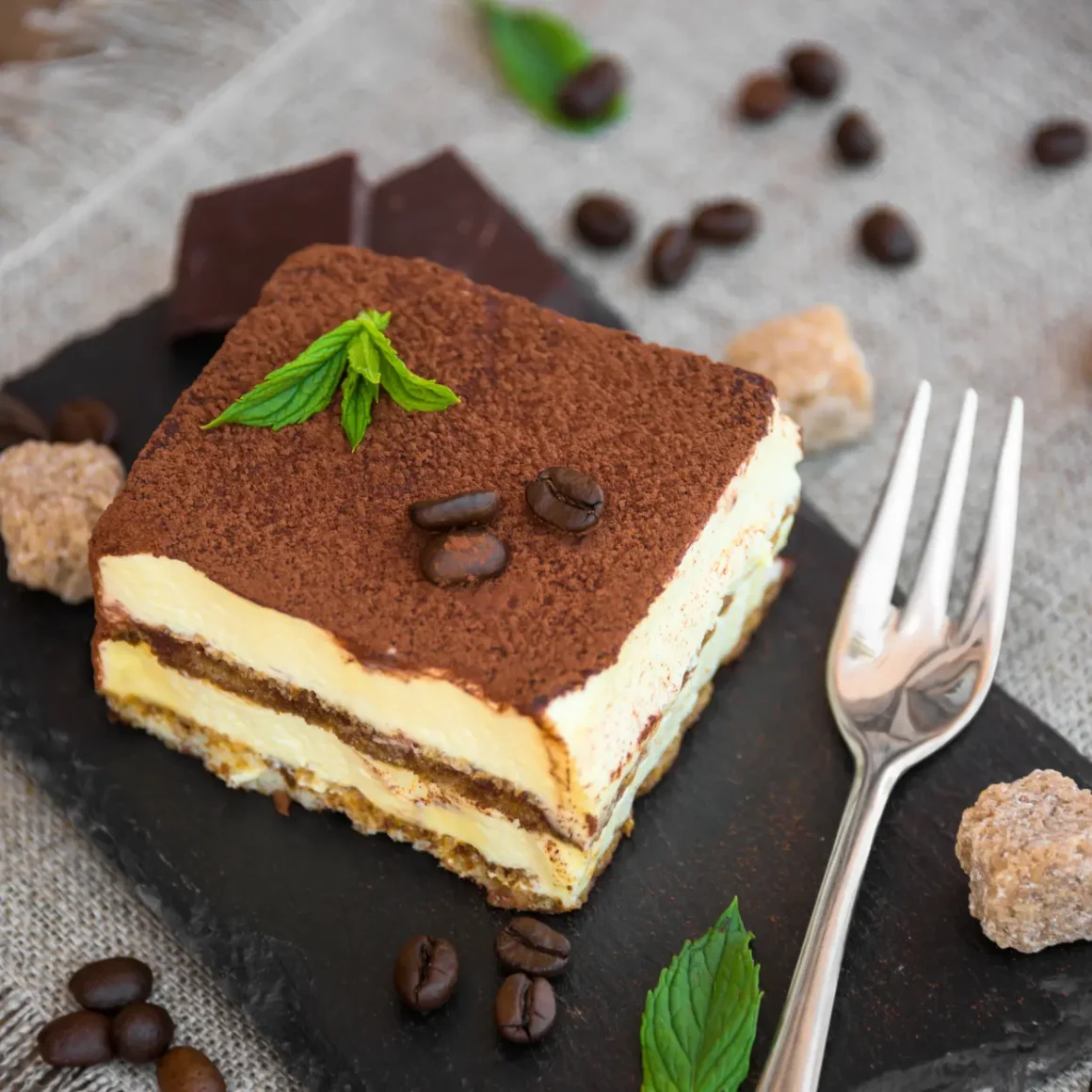
Espresso’s robust flavor can enhance a wide range of recipes:
- In Desserts: Espresso is a popular ingredient in desserts, such as tiramisu and chocolate cake. It deepens the chocolate flavor and adds a complex, rich layer to the taste.
- In Savory Dishes: It can be used in meat rubs or marinades, lending a unique depth and richness to dishes like stews or grilled meats.
- In Sauces: Espresso is also used in sauces, especially in rich, savory ones, where it adds a nuanced bitterness that balances the flavors.
Pairing Espresso with Food
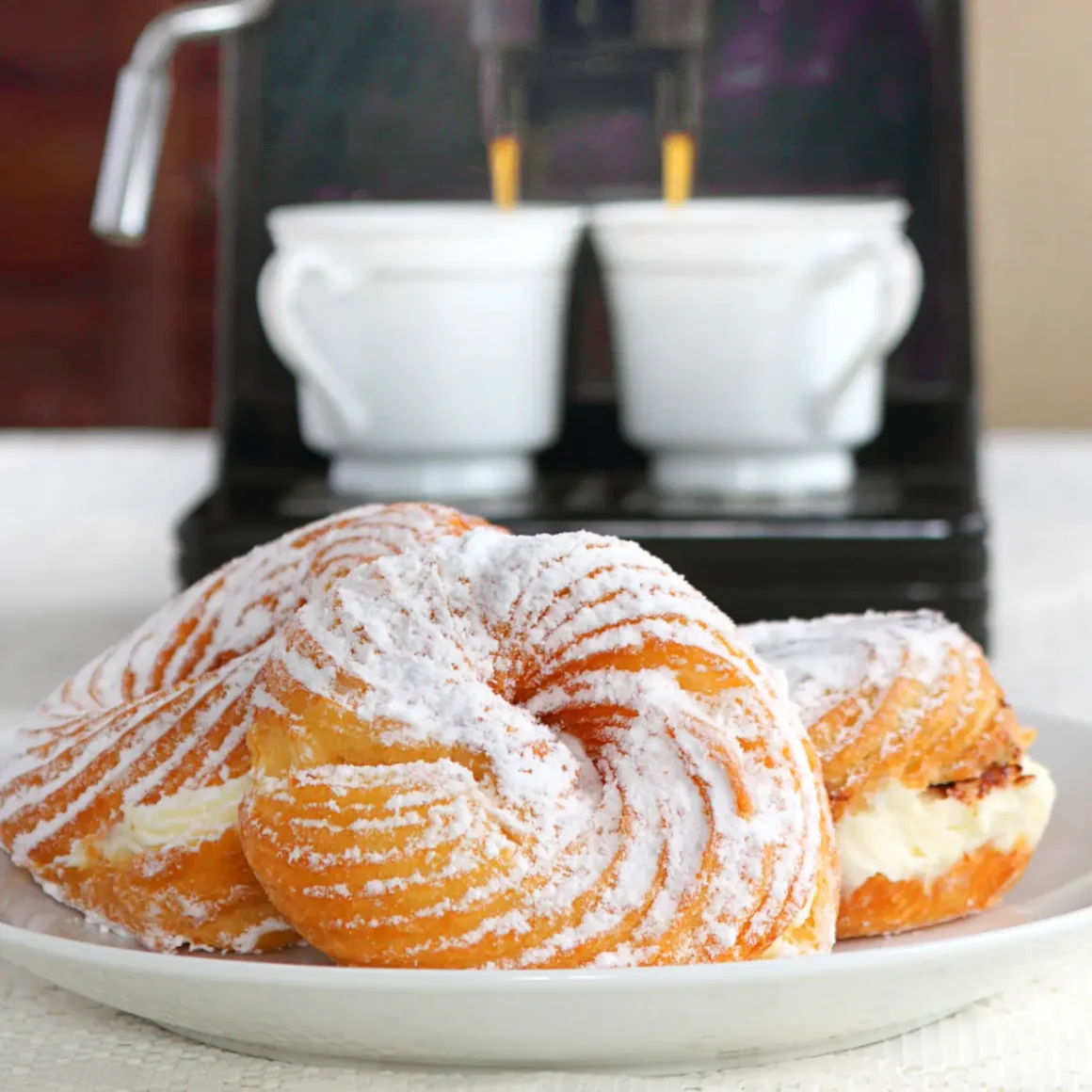
Pairing espresso with the right foods can elevate the overall dining experience:
- With Sweet Treats: Espresso pairs wonderfully with sweet pastries or desserts. The bitterness of the espresso balances the sweetness, creating a harmonious taste.
- With Rich Cheeses: It can also be paired with rich, creamy cheeses, where its bold flavor complements the creaminess of the cheese.
- With Nuts and Chocolate: Nuts and dark chocolate are other excellent choices for pairing, as their flavors are enhanced by the coffee’s richness.
Creative Espresso-based Beverages
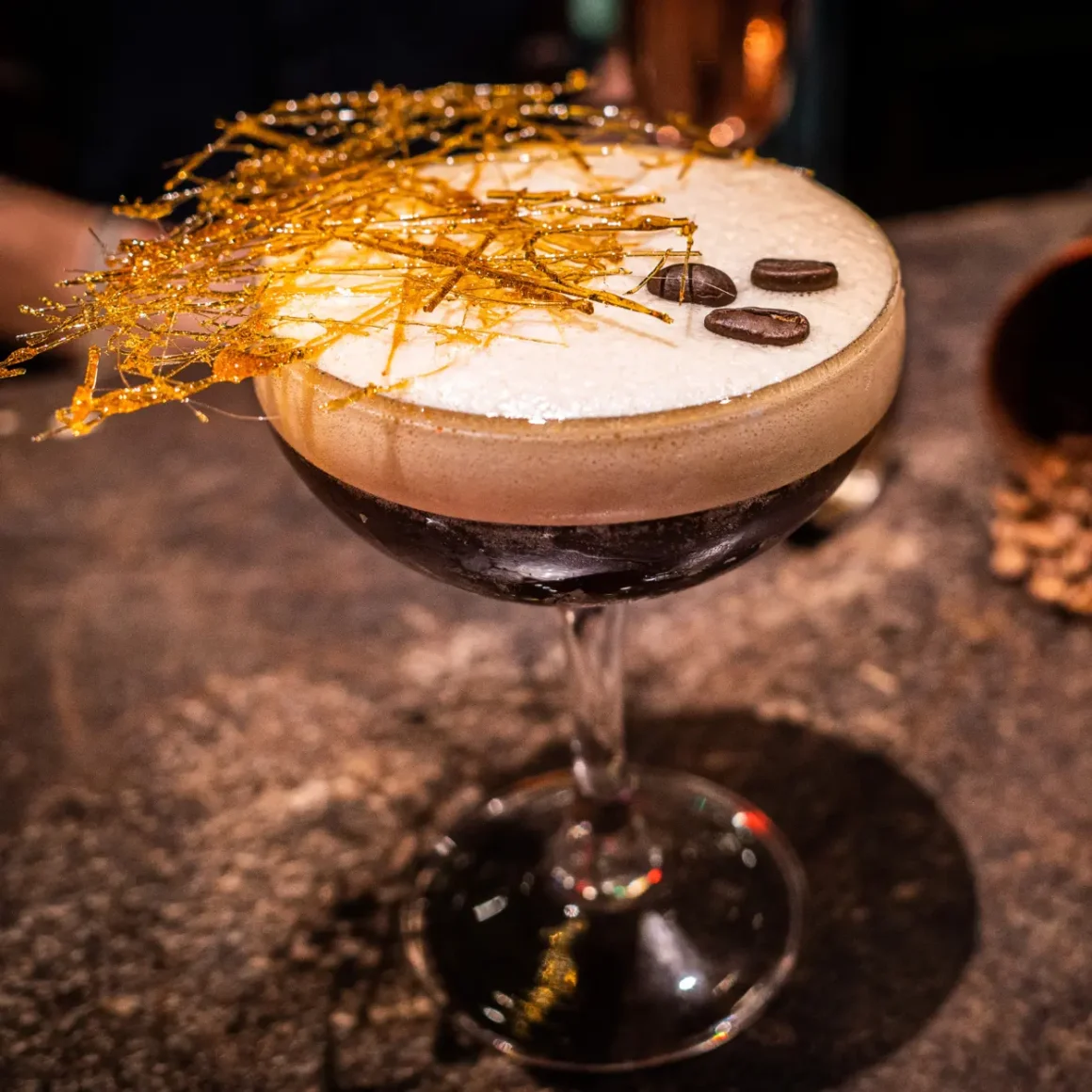
Beyond the classic espresso shot, there are numerous creative ways to incorporate espresso into beverages:
- In Cocktails: Espresso is increasingly popular in cocktail recipes, like the Espresso Martini or coffee-infused Negronis, adding a coffee kick to classic drinks.
- In Non-Alcoholic Drinks: It can also be mixed into non-alcoholic beverages, such as smoothies or milkshakes, for a coffee-flavored twist.
- With Alternative Milks: With the rise of alternative milk options, experimenting with almond, oat, or soy milk in espresso drinks can lead to delightful new combinations.
Conclusion
In conclusion, the exploration of blonde espresso vs regular espresso reveals a fascinating and nuanced world within the realm of coffee. We’ve seen how each type offers its own unique flavor profile, caffeine content, and culinary potential, catering to a diverse range of tastes and preferences. Whether you’re drawn to the subtle, sweeter notes of blonde espresso or prefer the rich intensity of the regular version, there’s no denying the depth and complexity that each brings to the coffee experience. As you reflect on the insights and information presented, remember that the world of espresso is as varied as it is delightful, offering endless opportunities for exploration and enjoyment.
Interested in understanding how Espresso stacks up against other coffee beverages? Explore our additional comparisons:
FAQ
Can blonde espresso be used in all espresso-based drinks?
Yes, this beverage can be used in all espresso-based drinks, offering a lighter and subtly different flavor profile to traditional espresso beverages.
What are the best coffee beans for blonde and regular espresso?
For blonde espresso, light to medium roast beans with a fruity or floral profile is ideal, while for regular espresso, a medium to dark roast bean with rich and bold flavors works best.
Is there a difference in caffeine content between blonde and regular espresso?
Yes, blonde espresso often contains slightly more caffeine than regular espresso due to differences in roasting processes and bean varietals.
How do brewing techniques differ for blonde and regular espresso?
Blonde espresso generally benefits from a slightly coarser grind and a shorter extraction time compared to regular espresso, which typically requires a finer grind and longer extraction to achieve its characteristic depth and intensity.






